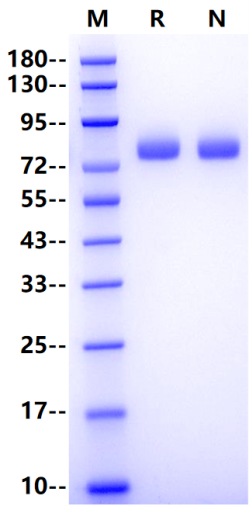1、Forte E. et al. (2018) The interstitium in cardiac repair: role of the immune-stromal cell interplay. Nat Rev Cardiol. 15: 601-616.
2、Coraci I S. et al. (2002) CD36, a class B scavenger receptor, is expressed on microglia in Alzheimer’s disease brains and can mediate production of reactive oxygen species in response to -amyloid fibrils. Am. J. Pathol. 160: 101-112.
